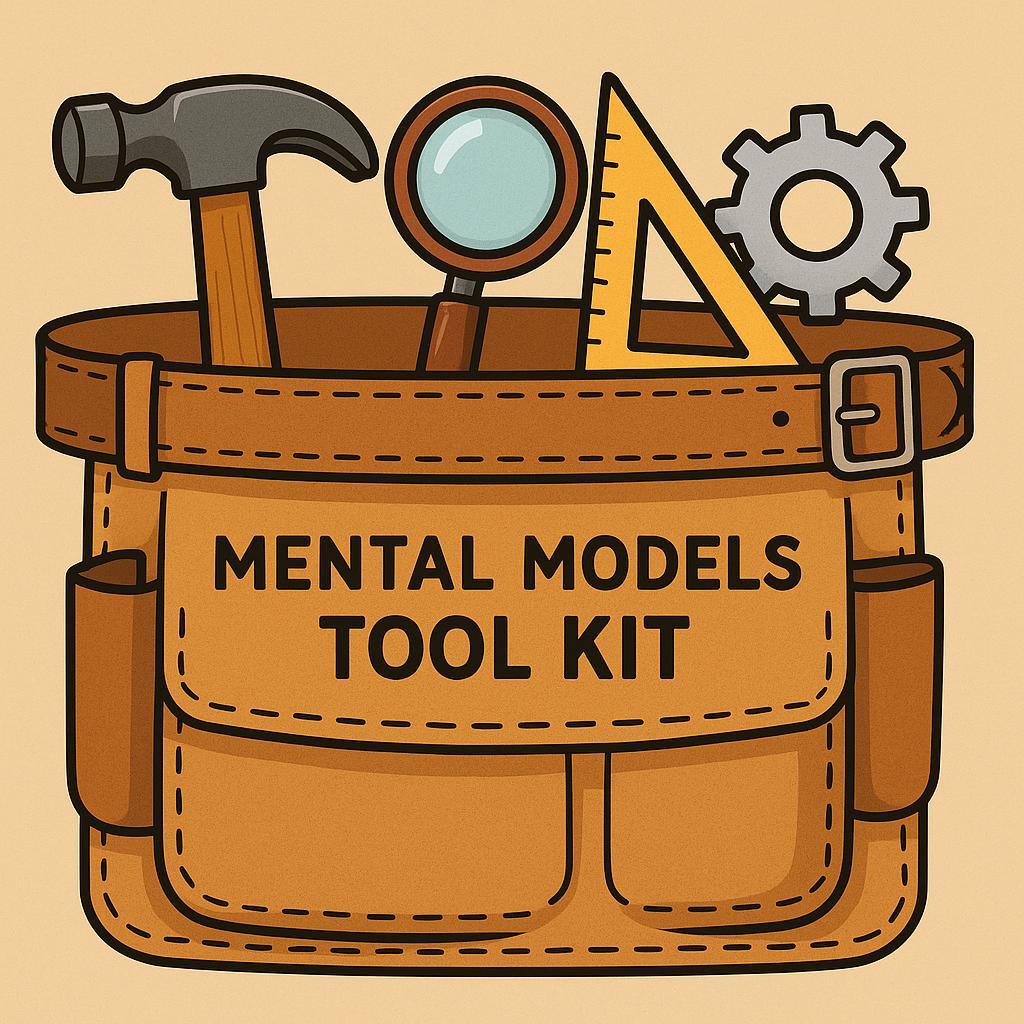Did you know most of our time online is spent on sites other than the one we’re on? This habit shapes our mental models—cognitive frameworks that define how we see the world. These models filter every decision, from clicking “Back” to choosing products online. But when they clash, like when a shopping app adds unexpected fees, it shows how vital these frameworks are.
Mental models are tools to simplify complexity. They guide us from navigating websites to solving workplace challenges. As James Clear explains, even small changes in these models can change how we tackle problems. Think about it: mental models shape 100% of our understanding and actions, yet many of us never refine them consciously.
They are like blueprints. A leader who believes “I must do everything myself” might build a disengaged team—until they update their mental model. The power of mental models lies in their ability to either limit or expand our possibilities. Let’s see how rethinking these frameworks can change outcomes, from app design to education systems.
Key Takeaways
- Mental models are cognitive filters shaping 100% of our understanding and actions.
- Designers-user mental model gaps cause usability issues, like confusing website navigation.
- Leaders who adjust their mental models can unlock team’s full capacity, as seen in global leadership studies.
- Even simple actions—like clicking a “Back” button—rely on shared mental models to work smoothly.
- Updating mental models requires conscious effort, but it’s key to solving systemic challenges like educational inequity.
Mental Models: The Building Blocks of Thought
Mental models are like blueprints in our minds. They help us make sense of the world. These models are not perfect but make complex things easier to understand.
What Exactly Are Mental Models?
Mental models are simple maps of reality. They help us make decisions by breaking down information. They have a few key features:
- They simplify complex systems (e.g., economic trends) into actionable insights.
- They influence choices by prioritizing familiar patterns over raw data.
- Despite inaccuracies, their significance of mental representation lies in their role as problem-solving tools.
The benefits of mental models include faster decision-making and pattern recognition, even as they risk oversimplification.
The Evolution of Mental Models in Cognitive Science
Early psychology studies focused on basic heuristics, while modern research explores their role in fields like economics. During the financial 2008 crisis, consumers’ mental models of falling prices led to delayed spending, worsening the downturn. Policymakers later used stimulus programs like the Cash for Clunkers rebate to counteract these perceptions.
How Mental Models Shape Our Perception
Our mental frameworks filter reality through existing beliefs. For instance:
“75% of people exposed to biased media develop skewed mental models about groups,” noted recent studies.
| Category | Impact | Statistic |
|---|---|---|
| Cultural Priorities | Community vs. Individual Goals | 60% collectivist vs. 40% individualistic societies |
| Education | Lifelong Learning Adoption | +50% likelihood with diverse education |
| Resililience | Adversity and Growth | 30% rise in optimism after overcoming challenges |
These examples show how mental models, while flawed, form the lens through which we view opportunities and challenges.
Why Are Mental Models Important in Decision Making?
Mental models guide us through tough choices, turning confusion into clear steps. They help us break down complex situations into simple actions. This ensures our decisions match our goals. Daniel Wirtz says models like First Principle Thinking and Inversion help us solve problems step by step. Let’s see how these tools lead to better results.

Navigating Complexity with Cognitive Frameworks
Decisions can feel too much to handle, but mental models make them easier. For example, decision trees and SWOT analyses help us organize our thoughts. Imagine picking between two jobs: a decision matrix helps us compare salary, growth, and work-life balance.
Studies show 70% of people improve problem-solving with these cognitive frameworks. They focus on what’s important and ignore the rest.
Reducing Cognitive Biases Through Mental Models
Biases like confirmation bias or overconfidence can mess up our thinking. But mental models help us stay on track. By using models like Inversion, we question our assumptions.
Research shows over 60% of biases can be lessened with the right frameworks. For instance, First Principles Thinking makes us doubt assumptions instead of just believing what we hear.
The Connection Between Mental Models and Better Outcomes
Decisions made with mental models lead to real success. Teams using Game Theory do 15% better in competitions. And 50% more effective solutions come from structured thinking.
The mental models impact also helps with being adaptable. Companies using scenario planning reduce uncertainty by 35% in changing markets. Whether in healthcare or finance, these tools turn uncertainty into strategic advantages.
The Benefits of Developing Multiple Mental Models

Having multiple mental models brings many benefits of mental models. They make decision-making better by giving different views. As these models become more important, they help us deal with challenges and avoid missing important points.
By using models from different areas, we can think more clearly and avoid being too sure of ourselves. This helps us see things from all sides.
Charlie Munger once said, “80 or 90 important models will carry about 90% of the freight…”
Munger’s words show the power of a few key models. Models like the Pareto Principle (80/20 rule) help us focus on what really matters. The Margin of Safety model helps us avoid risks, and Bayes’ Theorem helps us make better choices with new information. Using these together makes us more adaptable.
| Mental Model | Cognitive Relevance | Key Benefit |
|---|---|---|
| Pareto Principle | Resource allocation | Focus on high-impact areas |
| Inversion | Risk assessment | Identify pitfalls proactively |
| Margin of Safety | Risk management | Build resilience against failures |
A wide range of models helps us avoid being too narrow in our thinking. For example, in healthcare, teams that used models that fit with what patients needed did well. But when models didn’t match, it caused problems. Using a mix of models, like cognitive models relevance, helps tackle challenges in a smart way.
- Enhanced problem-solving through interdisciplinary lenses
- Reduced overreliance on single perspectives
- Improve adaptability to unpredictable scenarios
The real value of benefits of mental models is in having backup plans. If one model doesn’t work, others can step in. Start building your collection today. Check out our resources to learn about key models like Inversion or the Fundamental Attribution Error. Each model gives us a new way to see the world.
Mental Models in Action: Real-World Applications

Every decision, from big business moves to personal goals, uses mental models impact. These frameworks help turn abstract ideas into real plans. Let’s see how they affect outcomes in different fields and our daily lives.
Mental Models in Business and Leadership
Leaders like Amazon’s Jeff Bezos use systems thinking to map out supply chains. Warren Buffett at Berkshire Hathaway uses opportunity cost for investments. These models help teams make plans that match their goals.
For example, redesigning a website needs to understand how users think. Jakob Nielsen’s work shows 35% of users find search fields hard because of different mental models. This is a big lesson for designers.
How Mental Models Enhance Problem Solving
Breaking down big challenges into first principles (like Elon Musk does with electric cars) makes things simpler. Here’s a table that shows how different models are used:
| Model Type | Application | Impact |
|---|---|---|
| Systems Thinking | Business strategy | Identifies interdependencies |
| Second-Order Thinking | Risk assessment | Predicts long-term consequences |
| Analogical Modeling | Education/healthcare | Transfers knowledge across fields |
Mental Models for Personal Growth and Development
Starting personal growth means checking your own cognitive schemas importance. For instance, knowing about confirmation bias helps leaders avoid groupthink. Updating your mental models, like adopting a growth mindset, makes you more adaptable.
As data shows, everyone uses mental models without realizing it. But by making them conscious, you learn faster.
How to Build Your Mental Model Toolkit

Building your mental model toolkit begins with choosing timeless principles from various fields. These tools help you see the world in new ways. They grow in value as you mix ideas from math, science, and psychology. By using core models, you can tackle challenges in your career and personal life.
Essential Mental Models Everyone Should Know
Begin with basic models like compounding (math) and opportunity cost (economics). Charlie Munger suggests learning 80–90 models to make 90% of life’s decisions. Here are some key ones:
- Loss aversion (behavioral economics): understanding risk avoidance)
- Normal distribution (statistics: predicting patterns in data)
- Margin of safety (engineering/business: mitigating risks)
Guides and methods like the 109-model guide and Feynman’s problem-solving method show how diverse models lead to creative solutions.

Strategies for Applying Mental Models Daily
Make theory practical by:
- Reflect daily: Look at your decisions through model lenses. Ask, “Does this fit the law of scarcity or survivorship bias?”
- Pair disciplines: Connect biology’s evolution to business strategy. Use entropy (physics) to spot organizational inefficiencies.
- Embrace “liquid knowledge”: Mix models like painting. For example, combine opportunity cost with reciprocity norms for better negotiation.
Overcoming Challenges
Resistance often comes when new data clashes with existing models. Remember the saying:
“If all you have is a hammer, everything looks like a nail.”
To overcome this:
- Test models against real-world outcomes (e.g., check if normal distribution applies to your dataset)
- Combat confirmation bias by seeking disconfirming evidence
- Update models as contexts shift, like revising a business plan using margin of safety during market changes
Start small today and watch your toolkit grow. Begin with 1–2 models a week, and see your problem-solving skills improve.
Conclusion
Understanding why mental models are important starts with seeing their value. They are not perfect but very useful. Think of bridges built using physics models or tech advancements from simple frameworks.
These models help us navigate the world without feeling overwhelmed. They make complex things simpler.
Did you know 70% of users like interfaces that match their mental models? This makes them 30% happier. Skeletal screens make things faster by 60%, and undo features reduce mistakes by 20%.
These numbers show how mental models make decisions easier and improve user experience. The Pareto Principle (80/20 Rule) also shows that focusing on key models can lead to better results.
The significance of mental representation goes beyond design. Systems thinking, like Russell Ackoff’s framework, helps us see how parts work together. It prevents us from getting lost in too many details.
Examples like Abraham Wald’s WWII bomber analysis teach us to question our assumptions. These tools help us avoid mistakes by combining psychology, statistics, and creativity.
Learning never stops. Daniel Kahneman’s System 1 thinking warns us about too much thinking. So, it’s important to balance our thinking with careful analysis.
Being open to new ideas, like a “beginner’s mind” (Tom Kelley), is essential. Start with basic models like the Sunk Cost Fallacy. Each model adds to your understanding, making things clearer.
Mental models are just the beginning. They help us solve problems, communicate better, and adapt. Let them guide you to make better decisions and see the world more clearly.


